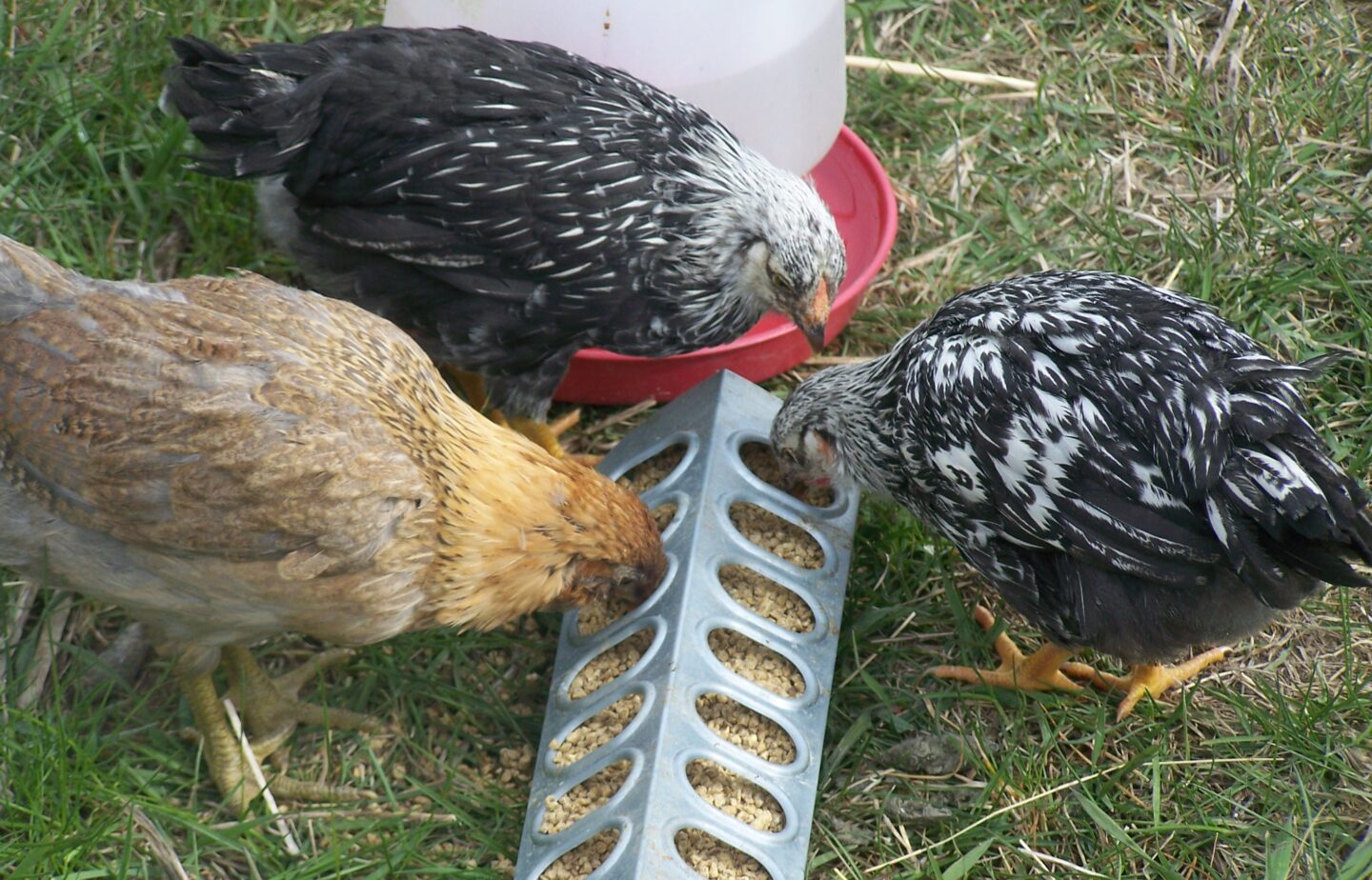Are Your Chicks Ready to Leave the Brooder?

Don’t they grow up fast? It seems like only yesterday you brought home those peeping, fuzzy little balls of cuteness… but you need to get ready for your birds to hit their “teenager” stage. Just like a teenager that has their learner’s permit, your birds may be sorely tempted to try out those new feathers they are working on growing by attempting to take flight. Let’s face it – your brooder won’t hold them forever and it’s time to form a plan around how and when to introduce them to the great outdoors! So, how do you know when your chicks are ready for the big step of moving to the coop and run?
- Chicks will be mostly fully feathered – At 5 to 6 weeks your fluffy chicks will start to resemble adult birds by growing out pinfeathers. These adult feathers will help them regulate their body temps better than fluffy chick down. Having a majority of their feathers is essential for birds who are headed outside.
- Chicks have been acclimated – Although they start off at 90 – 95 degrees in the brooder the first week of life, you need to decrease this temperature each week until the temperature inside the brooder is somewhat close to what daytime temps will be outside. For example, if your birds are in the brooder at six weeks old, your brooder temp should be around 60 – 65 degrees. For the first few weeks (and especially if outdoor temperatures are fluctuating), you may want to bring the birds back into the brooder at night or in bad weather to make sure they don’t get too cold.
- Chicks have been introduced to your existing flock – nobody wants henhouse drama, and taking a few simple steps to introduce new birds to old will save a great deal of time and potential injuries from bullying and aggressiveness towards the newbies. At this point it is important to remember if you have youngsters joining your existing flock that everyone needs to be fed chick starter until the youngest bird is 16 weeks. The extra calcium in regular layer feed can harm young chicks.
- Chicks are ready to start on treats and grit – it’s a great idea to get your birds used to eating treats (if you plan to offer them) a few days prior to putting them outside. That way, you can use the treats in case you need to lure the birds into a secure space at night. Until they are used to thinking of the coop as “home base” they may need just a bit of encouragement. Just remember, if you start feeding treats (offer no more than 15% of the total diet) you also need to offer grit free choice to aid in digestion.
